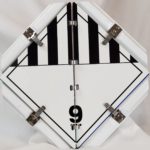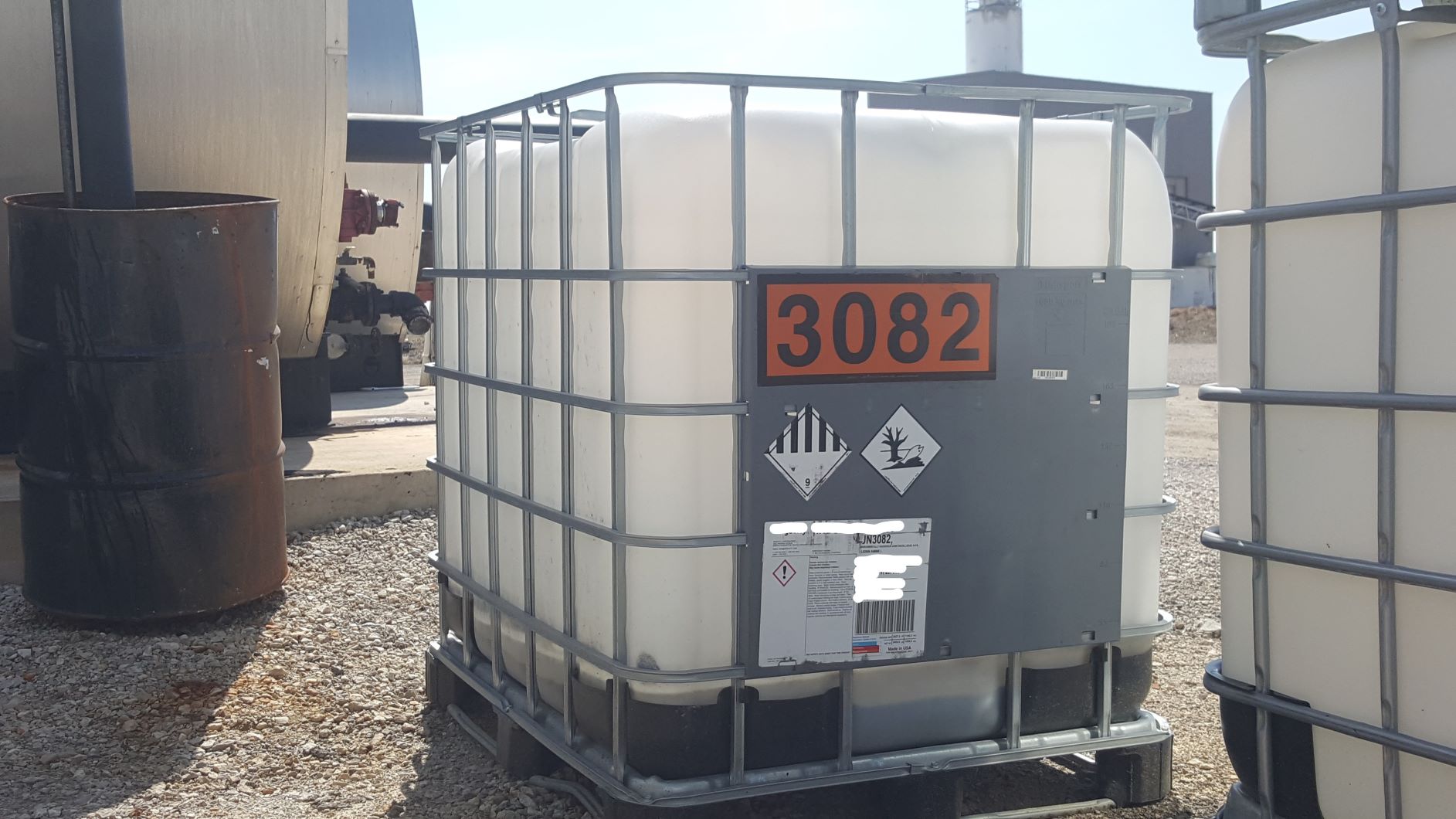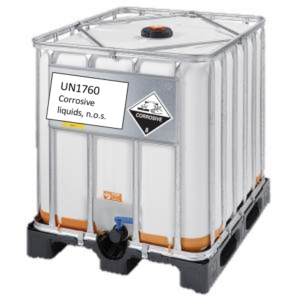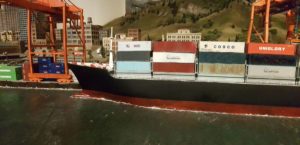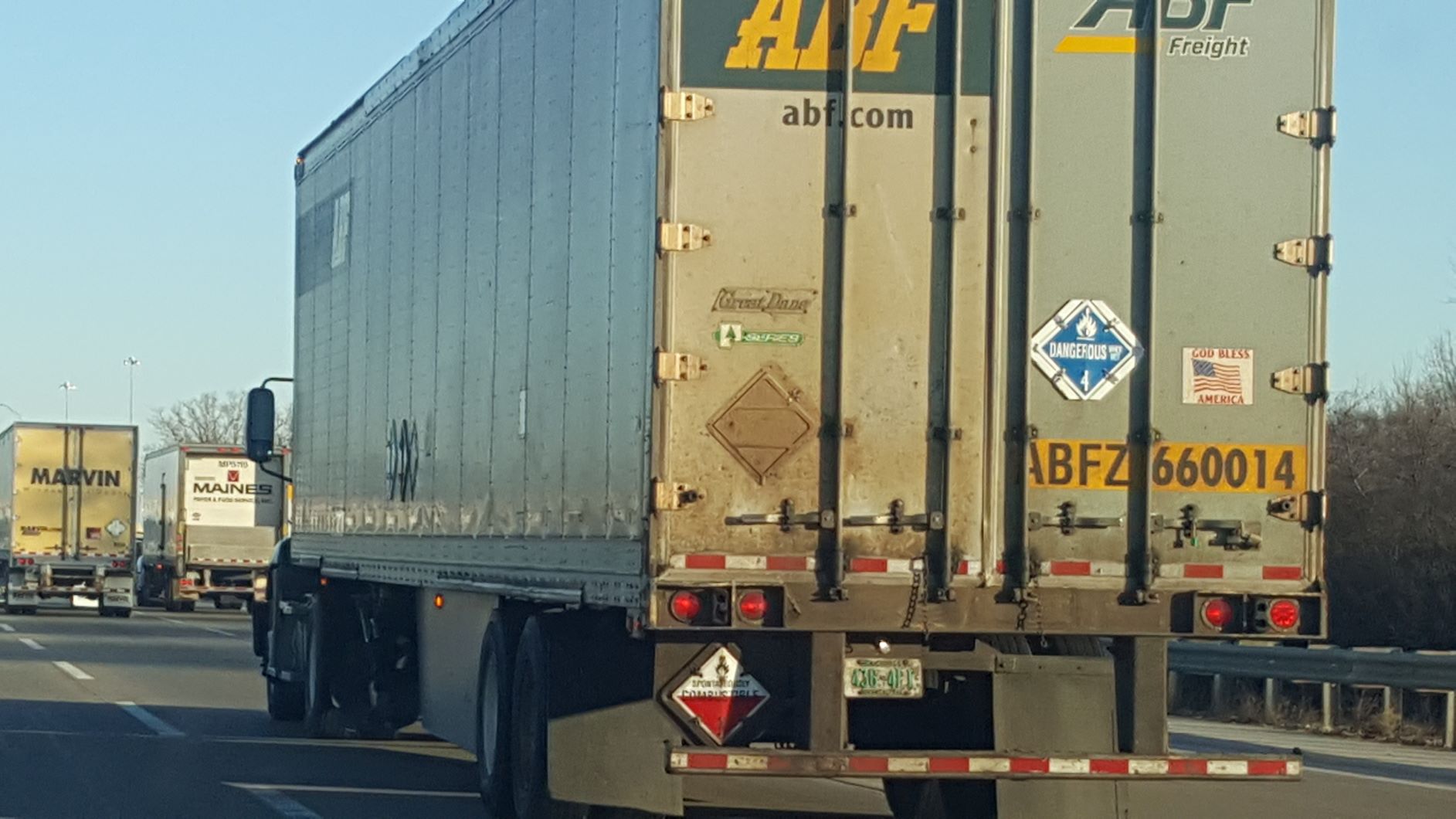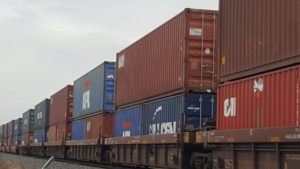Date: May 10, 2018
Subject: Corrosive example for placarding on the website
Message Body:
UN 3264, Waste Corrosive Liquid, Acidic, Inorganic, n.o.s (Hydrochloric Acid, Hydrogen Peroxide), 8, II – 6 x 55 gallon drums @ 600 lb/drum = 3,600 lbs
UN1760, Waste Corrosive Liquid, n.o.s. (Nitric Acid, Hydrofluoric Acid), 8, II – 1 x 350 gallon bulk packaging = 350 lbs
So two corrosive 8 placards with both UN numbers is required in this example. What would be required if there were no bulk items?
Daniels Training Services, Inc. 815.821.1550 |
My reply the next day:
Thank you for contacting me. Please see below.
- Two separate Class 8 Corrosive placards must be displayed on all four sides of the vehicle.
- The identification number 3264 is not required to be displayed on a Class 8 placard since the HazMat is not in a bulk packaging and it is not the sole HazMat in the vehicle.
- The identification number 1760 is required on a Class 8 placard since the HazMat is in a bulk packaging.
- If no bulk items then one Class 8 Corrosive placard per side with no identification number would suffice.
I hope this helps.
Please contact me with any other questions.
It took awhile, but on May 23rd he still had questions:
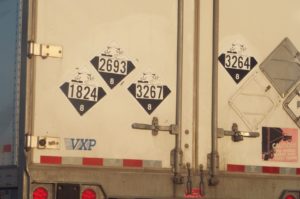
Thanks for the answer but I’m still confused. (when must an identification number not be included on a hazardous material placard) it says “the solution is to display each applicable identification number in one of the following manners”. “on separate placards of the same hazard class”. In your response you say the identification number isn’t “required” for 3264. Wouldn’t it be prohibited to put the 3264 number on the placard since it is not bulk and does not cover the entire load? Can I use a placard with the 3264 and one with 1760 or MUST I use a plain corrosive 8 placard with a 1760 placard?
I tried to clarify:
I will try to clarify.
- Vehicle must display two Class 8 Corrosive placards on all four sides.
- One of the placards on each side must display the identification number 1760. It represents the Class 8 Corrosive in a bulk packaging.
- The other Class 8 placard must not display an identification number. It’s purpose is to represent the non-bulk quantity of Class 8 Corrosive (UN2364).
Please contact me if you have any other questions.
Daniels Training Services, Inc. 815.821.1550 |
That must have done it.
The requirements for display of placards on a vehicle can be complicated. Having to also display the HazMat’s identification number on or near the placard can complicate things further. Whether you transport a HazMat (carrier) or offer for transport (shipper) you must determine what placards and/or identification numbers are required to be displayed on the vehicle and then either offer them to the driver (responsibility of the shipper) or display them properly on the vehicle (responsibility of the carrier).

